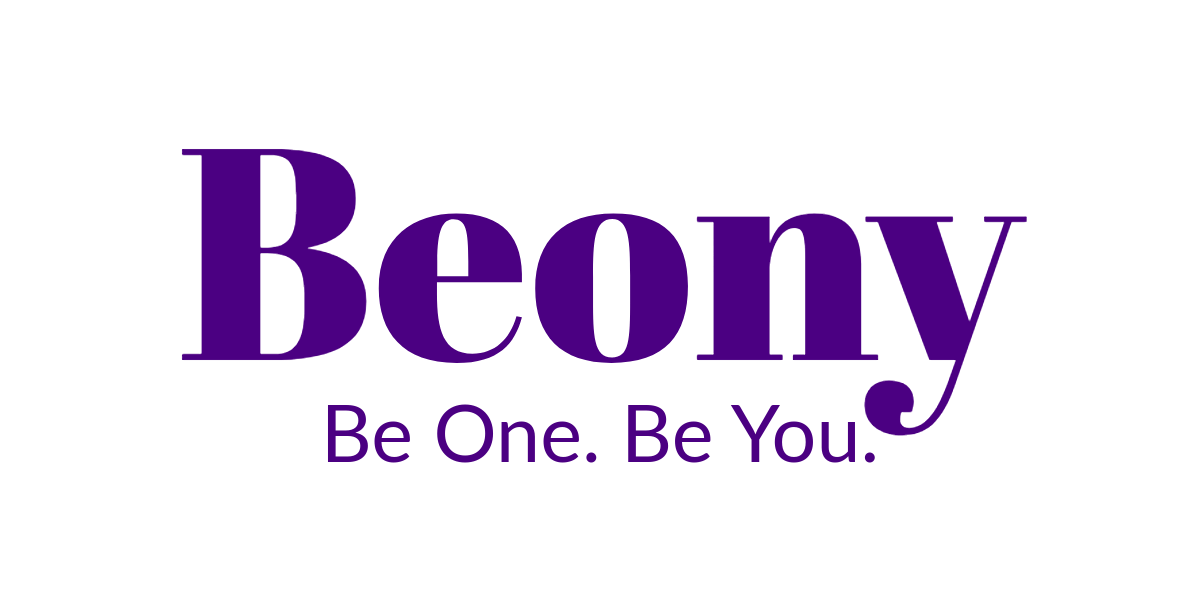Designing the Engine – An Integrated Framework Accelerated Growth
{This is part two of our three-part blog series: The Growth Equation: Aligning Strategy, Story, and Systems for Lasting Impact.}
Integration isn’t just an idea—it’s a design choice.
Once leadership is aligned on the value of integrated marketing, the next step is to build the systems that bring it to life. This is the moment where vision becomes blueprint. It’s where strategy shifts from concept to coordination.
For companies in the $10M–$50M revenue range with 100–500 employees, growth is no longer theoretical. It’s happening, and sometimes it’s about survivorship. But with that growth comes complexity and risk—and without structure, complexity can turn into chaos, and risk becomes loss. That’s why designing a framework for integration is essential to scaling sustainably.
The Role of Strategic Design in Integration
Integrated marketing doesn’t mean everything happens simultaneously or in the same place. It means that every piece of your marketing strategy connects to a shared purpose—and flows in alignment with other departments.
Think of your strategy like an engine. If your messaging is the fuel, and your channels are the gears, then alignment across the business is the ignition that makes it go.
Your integrated engine should be designed to:
Connect your core narrative and value props across teams
Map messaging to every stage of the customer journey
Synchronize campaigns with business goals
Clarify ownership and accountability internally
Build in systems for feedback and iteration
Framework Component 1: Clarify Your Organizational Narrative
At the heart of every integrated strategy is a story that should be aligned across the organization. This is more than a mission statement—it’s a living narrative that guides how your teams collaborate, communicate, prioritize, and make decisions.
Ask:
Does everyone in the organization understand what we stand for?
Are we telling the same story internally and externally?
Can our teams similarly describe our customers' needs, motivation, value proposition, and mission?
If the answer is “not really,” then your first move should be to co-create a unified messaging framework that is meaningful to everyone. This framework is the foundation for all functional alignment.
Framework Component 2: Align Functional Partnerships
Integration happens as the confluence of synergy. Here’s how each department should actively participate in your marketing engine:
Operations: Ensure delivery and customer experience match the brand promise.
HR: Amplify your employer brand through recruitment, culture, and internal communications.
Finance: Align sales & marketing investments and outcomes with revenue goals and profitability models.
Product: Feed innovation with the market and collaborate on customer insights from marketing.
Sales: Partner on content, lead nurturing, and timing of campaign activations.
To maintain momentum, set up regular cross-functional planning cadences—monthly strategy syncs, shared campaign updates, and quarterly Objective & Key Results sessions.
Framework Component 3: Map the Journey, Then Match the Channels
Every growth-stage business should have a clear map of the customer journey: from awareness to purchase to advocacy. Your marketing content and campaigns should be designed to:
Guide the right message to the right audience at the right time
Map to the effective channel and ensure metrics tracking
Equip sales and success teams with aligned messaging and timing
Reinforce brand consistency across touchpoints
Use a matrix to plot content by journey stage and department owner, so everyone knows how their work fits into the bigger picture.
Framework Component 4: Build a System for Sustainability
Now it’s time to build in the operational backbone. This includes:
A shared campaign calendar
Defined roles and workflows
Clear approval processes (for resources and dependencies)
Tech tools that promote transparency (e.g., Notion, Asana, CRM dashboards)
Remember: Integration without infrastructure leads to confusion and burnout. Structure enables creativity to become tangible outcomes.
Real-World Example: Grove Collaborative
Grove Collaborative, a certified B Corporation and online retailer of sustainable household goods, has scaled significantly since it started in 2012 while keeping sustainability and purpose at the center. Their integrated marketing strategy connects storytelling, operations, and customer experience in a seamless flow:
Their product team works closely with marketing to time launches with purpose-driven campaigns.
Content marketing is deeply aligned with their sustainability mission, ensuring consistency in values across touchpoints from procurement to distribution.
Their operations and fulfillment processes are reflected in messaging, like carbon offsetting and plastic-free packaging.
Grove’s ability to connect its core mission across teams has been a significant factor in its retention, trust-building, and brand differentiation in a crowded market.
Think of your strategy as a cohesive ecosystem—not a checklist. Each team brings expertise, but the results compound when connected through a shared purpose and clear process.
We’ve created an Integrated Growth Framework Process to help you map your teams, narratives, and customer journey stages. Want to see how your current marketing system stacks up—or where it could go next? Let’s talk.


